The Popstar as Sacrifice: Britney Spears and the Birth of the Bad Girl
A cultural autopsy of purity, fame, and the price of the pop girl myth
part i. the altar of the popstar
When you hear the name Britney Spears, who do you see?
The scantily clad performer, or the teeny-bopper in pigtails?
True pop superstardom is being worshipped on an altar. If you were active on Twitter in the last few years, you’ve seen these fans in action. You’ve watched them fight in Ticketmaster queues and defend their artists to the death in digital gladiator arenas. Fans — or stans — are the beating heart of any artist worth paying attention to.
And Britney had millions.
After twenty years of Madonna and Janet Jackson, it was time to get back to basics. No more grown women making music about sex, power, and pleasure. The industry wanted a virgin reborn — someone who could sell sin without sinning.
Britney was designed for mass consumption, precision-engineered for the teen market. Her debut album cover is practically perfect: the lighting, the posture, the promise.
She peers up at the listener with an innocent smile, her short skirt barely concealing the rest of her. It says, “Oops, you caught me!”
And for the father buying his daughter that CD in ’99 — it stopped him in his tracks.
Britney was sacrificed so America could maintain its cultural ideal — purity, control, consumption, and finally, freedom.
part ii. the construction of the virgin
Every major pop celebrity of the late ’90s and early ’00s started out on The Mickey Mouse Club. And what a perfect introduction for the teenager selling sex without actually having it.
It’s a faint memory, but in the early-aughts, America was obsessed with sex. While the European market is more open and sexually free, America hides its eroticism on premium cable networks in the middle of the night.
We were teaching abstinence in schools while broadcasting Girls Gone Wild commercials at midnight. Internet pornography was beginning its first boom — the dial-up era of voyeurism — and every pop-culture product, from Abercrombie ads to MTV Spring Break, was selling a fantasy of consequence-free desire. The contradiction was the point: we wanted to look, but not touch; to moralize, but still consume.
Britney was selling the possibility. In an interview promoting Oops!… I Did It Again, Britney said she wanted to wait until marriage — a line that calmed parents and thrilled tabloids alike. This presents quite the conundrum. Her entire brand is built on sexuality and desire — yet a public justification was demanded for her behavior. It was okay for her to wear a skimpy, Catholic school-girl costume because she was allegedly a virgin. It was plausible deniability. She was selling sex, but not promoting it and this made it okay for your tween daughter to consume her.
It wasn’t innocence they wanted — it was the illusion of it.
Jessica Simpson was selling the purity. Women helped enforce the same purity codes that oppressed them. Simpson was positioned as the eternal virgin — a Bible Belt beauty with a subpar singing voice. She blamed her lack of popularity on her refusal to show skin, an awkward attempt at a jab at Britney.
In 2003, Britney had an exclusive televised interview with Diane Sawyer. To say it is one of the more prominent pop culture moments of the last 25 years would be an understatement. Diane probes her on her choice to appear nude on magazine covers. Britney bites back with Christina, J-Lo, and Kate Hudson do it, so why is it only a problem when she does it? Diane claims Britney had a “different relationship with young girls.”
When she first came out in the 90s, the most scandalous thing Britney had done in the public eye was wear a crop top. By 21, she was carrying an entire system on her back - continuously crossing lines she didn’t even realize were drawn.
part iii. the ritual of corruption
Many forget that Britney’s virginity was a hot topic at the beginning of her career. When she started dating Justin Timberlake, the conversation got even hotter.
Timberlake was also in transition — moving from boy-band frontman to smooth, sexy solo act. And an R&B singer can’t convincingly croon about sex and beautiful women if he allegedly had experience with neither.
Britney’s body, once the site of innocence, became the proof of someone else’s masculinity. Her purity was currency — something to be speculated on, joked about, and ultimately spent.
However, in her 2023 memoir The Woman in Me, Britney publicly admitted that her image was partially manufactured:
“Given that I had so many teenage fans, my managers and press people had long tried to portray me as an eternal virgin — never mind that Justin Timberlake and I had been living together, and I’d been having sex since I was fourteen.”
The irony was almost biblical. Britney had become the product of a culture obsessed with promoting abstinence. Sex went hand in hand with alcohol and drug use — a hedonistic moral failing to the idea of middle-class America.
Fast-forward to her release of the smash hit “I’m a Slave 4 U.” The public reaction was so severe, you would have thought Britney was being accused of witchcraft. She was essentially being stoned to death in the court of public opinion.
Her belly-dancing, cat-like whisper was so provocative that many listeners took her single literally. In reality, it was her own personal statement — she’s a slave to the audience and to fame. This picture sharpens when we consider “Overprotected,” a song about being confused as she transitions to adulthood, as her follow-up to “I’m a Slave 4 U.”
The song wasn’t obscene, or even explicit. But it looked like sex — and that was enough. Parents’ groups condemned her. Radio programmers pulled back from airplay. Editorials scolded her for “betraying” her younger fans. It was the same story every time a woman dared to own her desire: moral panic disguised as concern.
Britney had only turned nineteen, but her body was already public property — adored, dissected, and now, disciplined. She had crossed an invisible line. The virgin had become the temptress, and the world wanted a confession.
Cry Me a River cast Justin as the wounded hero and Britney as the faithless woman. He denied the connection for years, but the writing was on the wall. He sacrificed her image to promote his own — and the world applauded.
Her downfall was swift. It was one thing to be a sexual woman. It was another to be branded a cheater.
The industry smelled blood in the water.
The purity myth had cracked, and the press moved in for the kill. The interview that was supposed to be an honest act of journalism turns into an interrogation. Sawyer demands Britney answer for her misgivings on behalf of the American public. In terms of her high-profile relationship, Britney always acted with class. Timberlake leapt at the opportunity to publicly humiliate her and gave permission for the world to join in.
Britney Spears had officially became a joke.
part iv. the public crucifixion
By 2006, the pop princess had become the fallen woman. Her marriage was tabloid fodder, her motherhood scrutinized, her face plastered across every checkout aisle in America. Each headline another lash; each photo another proof of her decline.
Paparazzi hounded her. There are dozens of examples of bright lights flashing in her face as she attempts to walk down the street or drive her car. There’s video of her tripping and almost dropping her baby — but no one mentions the dozens of paparazzi swarming her to get a photo.
That same year, Britney does a Dateline interview with Matt Lauer that many would now agree aged poorly. Almost a decade later, Lauer’s career is ruined — he was accused of sexual misconduct by multiple women. There’s a grim irony in a man later exposed for sexual misconduct being allowed to publicly question a woman’s sanity.
The most documented moment of her downfall came with the shaved head — a gesture the world refused to understand. In The Woman in Me, she writes that it was the result of severe inner turmoil, a desperate attempt to reclaim something of herself. But the cameras turned it into spectacle. What she experienced as crisis, the culture received as comedy. Even now, it circulates as a meme — her pain repackaged as punchline.
part v. the resurrection and the price of survival
And then she dropped Blackout — the greatest comeback album of all time. During one of the darkest months of her life — filing for divorce and losing custody of her babies — she made a public statement of resilience.
She opens her album with “Gimme More.” Her first words? It’s Britney, bitch. The declaration of a woman returning from the dead.
She closes with “Why Should I Be Sad.” Ending with: They couldn’t believe I did it, but I was so committed.
She was losing everything, but she still had her passion for music and performance.
Blackout wasn’t a cry for help — it was a coronation.
Every track vibrated with defiance. It wasn’t glossy; it was industrial, metallic, almost alien. Britney had turned the machine that consumed her into her instrument.
But the irony is brutal. While she sang about control, she was under the tightest control of her life. The conservatorship began a year later, locking her inside the system she’d already survived once.
It was a legal cage disguised as care. The same public that had crucified her now claimed to be saving her.
It’s reminiscent of the Final Girl in every ’90s slasher: the one who lives because she abstains from sex and sin. The “slut” dies first. Always.
Britney was the slut, and in the eyes of the public, she was already dead.
Freedom became choreography. Redemption became PR. The audience got its miracle — the popstar reborn — but she was still a woman performing inside a cage.
The #FreeBritney movement completed the ritual. The same public that once demanded her punishment now begged for her release. But even that plea was entertainment. Every hearing, every post, every grainy clip of her dancing alone in her living room — content. Another opportunity to laugh and giggle at the “crazy” lady.
Because that’s the thing about sacrifice: it doesn’t end at the altar. It just changes platforms.
Britney’s career is dead, but her love of performing lives on. Every video she posts of her twirling around in her living room is that teenage girl who loved dancing at malls. The same twenty-one-year-old who gave us “Toxic.” Her sacrifice revolutionized pop music as we know it today. Blackout walked so The Fame and BRAT could run.
Britney was never the tragedy. She was the blueprint.
The popstar dies so the audience can feel alive.
Britney’s death — cultural, not literal — made way for a new kind of woman to rise. If Britney was the sacrifice, then the next generation was the rebellion. Out of her ashes came a wave of girls who refused to be quiet or pure — women who smoked weed onstage, twerked on live TV, and weaponized their sexuality instead of apologizing for it.
The lesson was clear: if innocence could be destroyed, then the only way to survive was to sin loudly.
“The Popstar as Sacrifice” is part one of The Tragedy of the Pop Icon.
Follow along on arifountain.com or subscribe on Substack to catch each new installment as it drops. This is a story about the women who built the soundtrack of our lives — and what it cost them to do it.



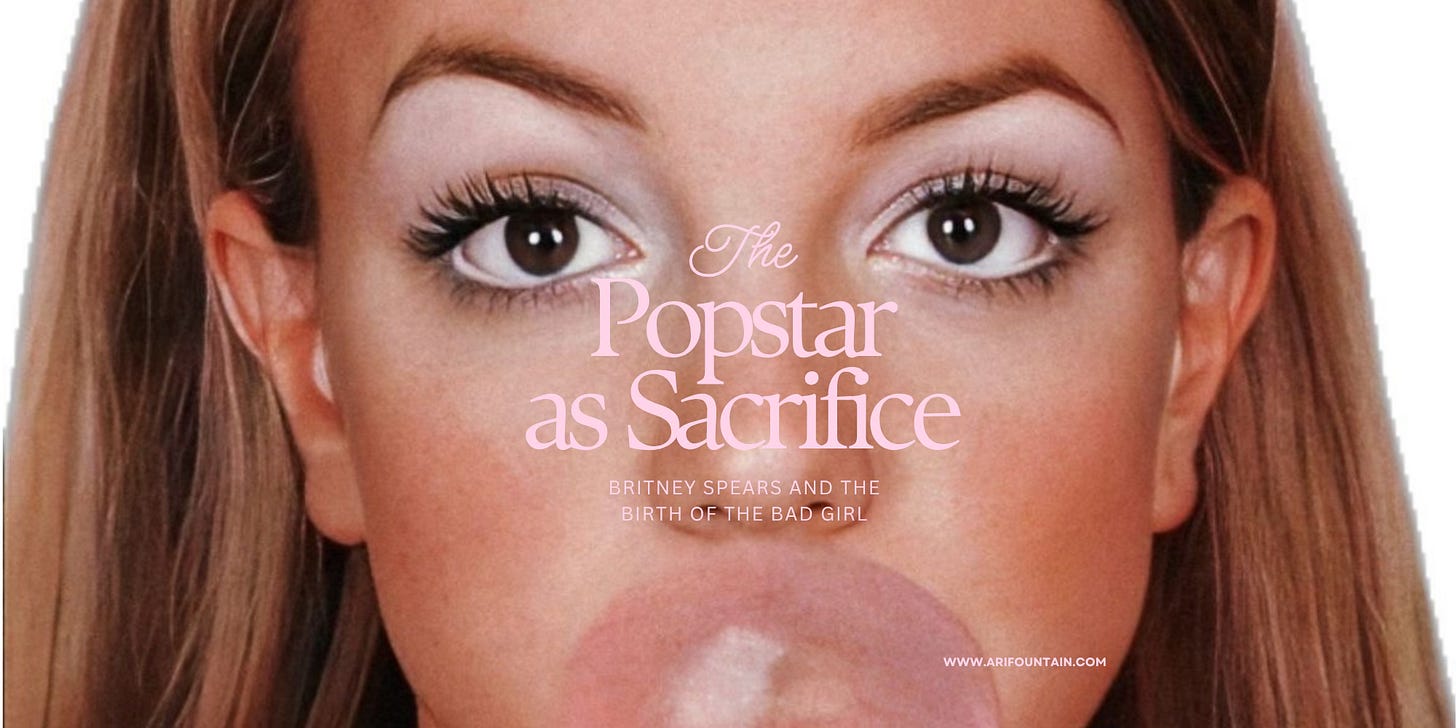
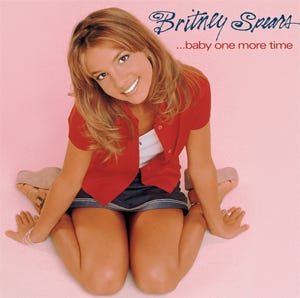

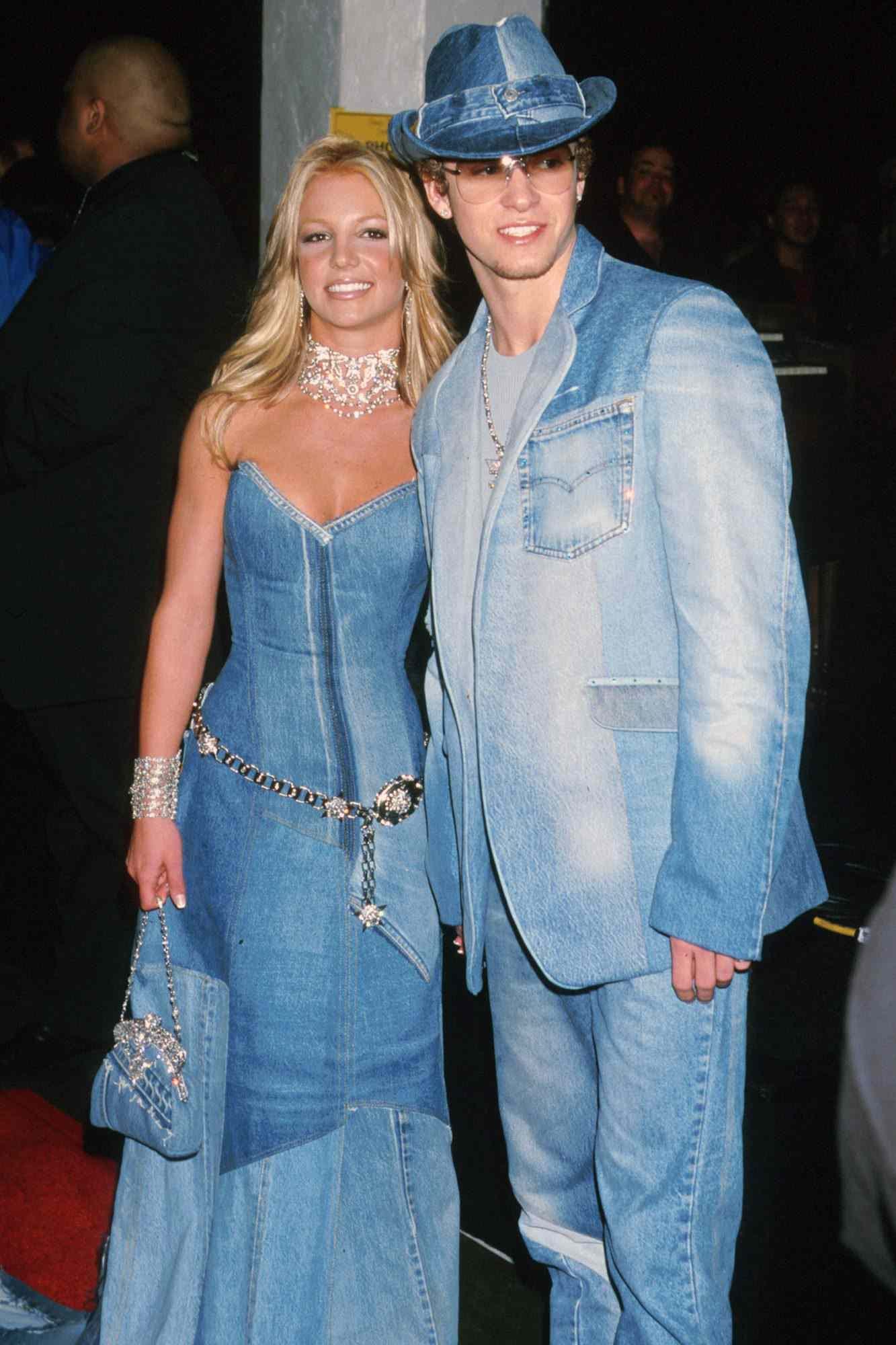
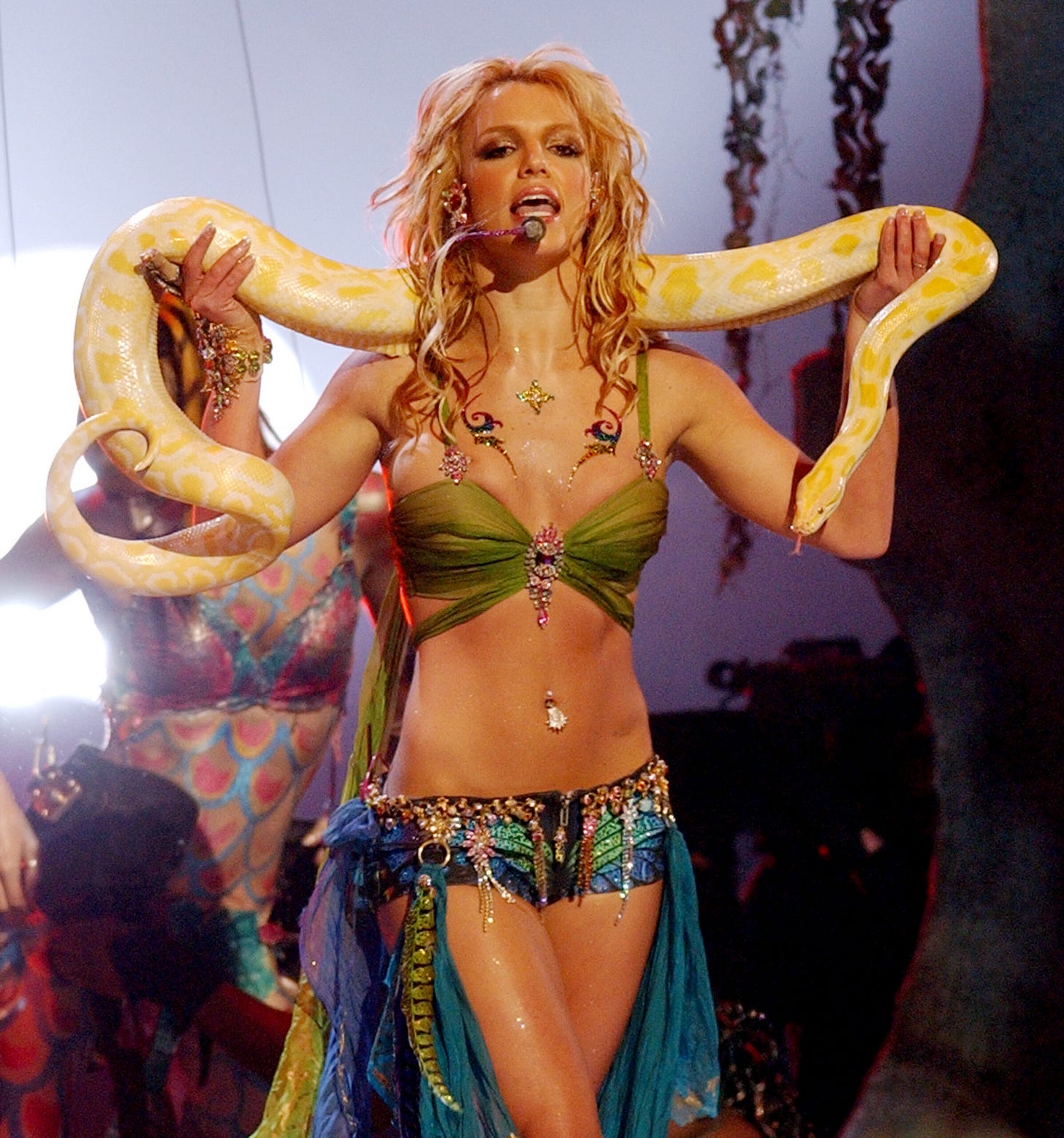


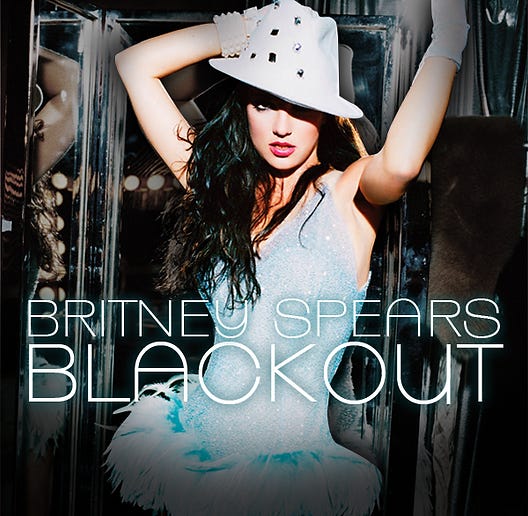
this was such a great read omg!
Keep going, sister! I love this piece. Not only do I want to commend you for your writing, but also for your research.
Unfortunately, Female pop stars' scrutiny is an exaggerated portrayal of what women and girls routinely go through. When you play coy, naive, and virginal, it is celebrated, while choosing autonomy is always demonized. Constantly made to feel we have to choose between the slut and the virgin, there isn't much room for the in between.
I'm always sad to think of Britney's career because, as a kid, I remember just how pivotal she was to Pop Culture—spawning hit after hit just to be relegated as a joke amongst the same culture that once loved her. Britney was denied humanity and empathy. I'm not sure whether pop stars, as we view them, are dying off or just becoming more personable, but that is something I'm looking forward to seeing pan out in the future.
My fave comeback song by Britney was Criminal btw